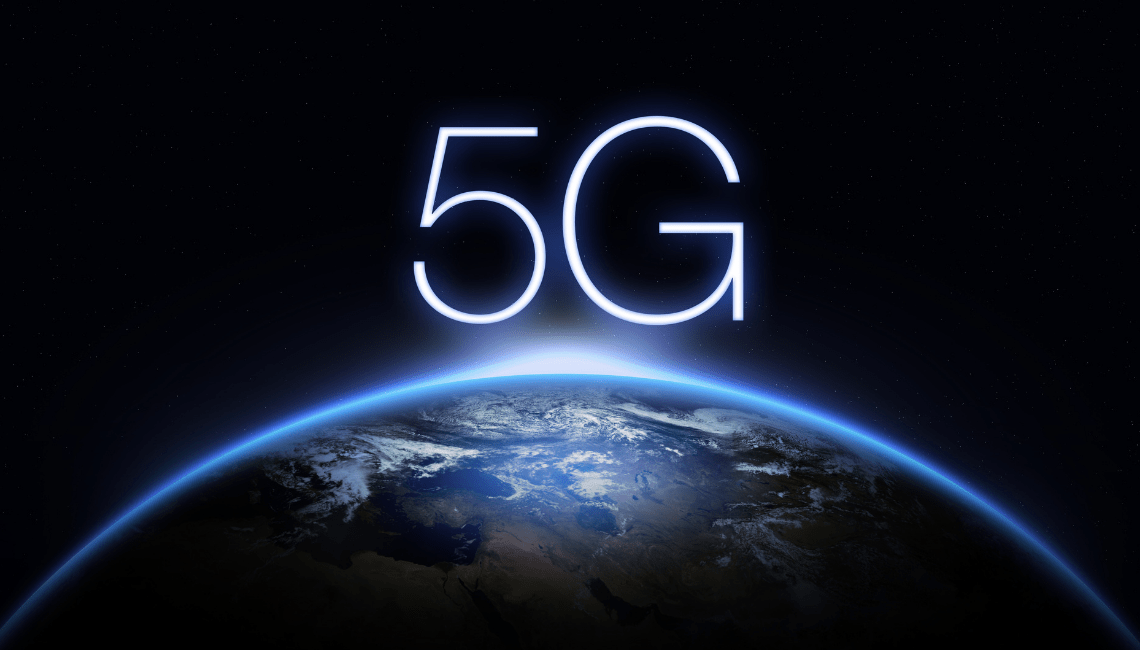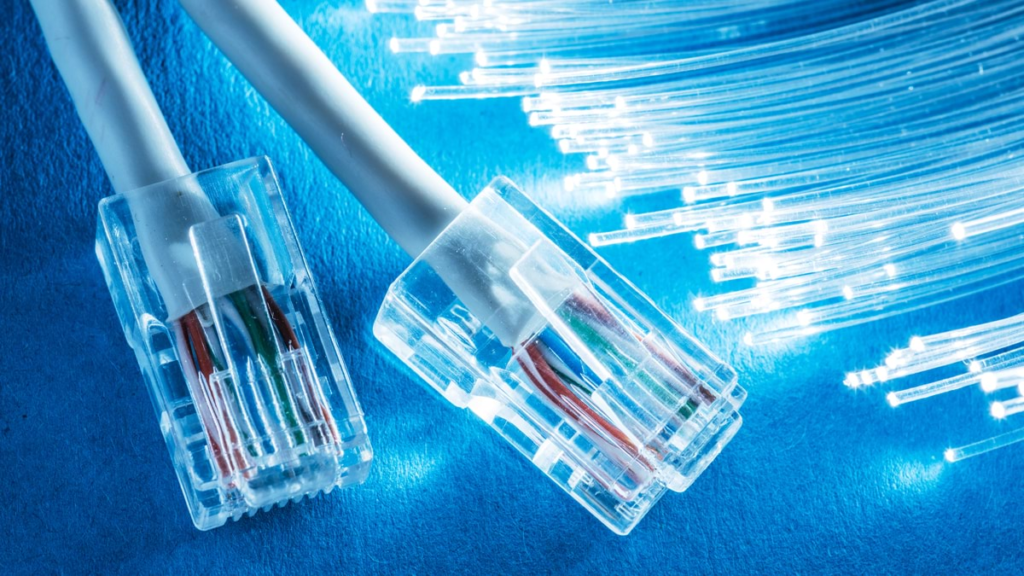
Freenet: A Look at 5G and Fiber Optic Advancements
As a savvy consumer in today’s digital world, you expect a fast, reliable internet connection. With the rollout of 5G and fiber optics, you stand to benefit from major advancements that will transform your connectivity. This article provides insight into the next generation of cellular and broadband networks. Discover how Freenet, a leading internet service provider, equips customers with cutting-edge technology. Learn about their commitment to deliver the highest speeds through upgraded infrastructure. Whether you’re streaming, gaming, or working from home, performance matters. Prepare for the future and understand the difference faster speeds will make. Equip yourself with knowledge of the latest connectivity innovations so you can stay plugged in and productive.
5G: The Next Generation of Cellular Connectivity with Freenet
Faster Speeds and Increased Bandwidth
5G, the fifth generation of cellular technology, provides significantly faster speeds and higher bandwidth than the 4G LTE networks of today. 5G networks operate on mid-band and high-band radio frequency spectrums, allowing for peak download speeds of up to 20 gigabits per second – more than 100 times faster than typical 4G LTE connections.
Lower Latency
5G also features lower latency, which is the time it takes for a device to send data and receive a response. 5G networks achieve single-digit millisecond latency, compared to 70 milliseconds on 4G LTE networks. This near-instantaneous communication enables uses like remote surgery, autonomous vehicles, and smart cities.
Greater Connectivity
5G provides the infrastructure for massive machine-type communications, allowing for billions of connected devices in a small area. This high density of connections, combined with fast speeds and low latency, will facilitate transformative technologies like smart homes, industrial automation, and smart grids.
While the 5G rollout is still in its infancy, it promises to reshape how we live and work. Freenet is actively testing 5G technology and working with network partners to provide customers with 5G coverage as it becomes available in their area. The future of connectivity is here, and Freenet is ready to help customers experience it.

Fiber Optic Internet: Blazing Fast Speeds From Freenet
Fiber Optics: The Future of High-Speed Connectivity
As demand for faster internet speeds and more reliable connectivity increases, fiber optic technology is emerging as the best solution. Unlike traditional copper cables that transmit data via electrical signals, fiber optic cables use light pulses to transmit information over long distances. This allows for significantly faster speeds, lower latency, and less signal interference. Freenet is investing heavily in fiber optic infrastructure to provide customers with cutting-edge gigabit connections.
Symmetrical Speeds for Uploading and Downloading
Fiber internet provides symmetrical speeds, meaning you get the same fast speeds for uploading and downloading data. This is ideal for tasks like online collaboration, gaming, and hosting servers. Freenet’s fiber plans offer symmetrical speeds of up to 10 gigabits per second.
Reliable, Future-Proof Technology of Freenet
Once fiber optic cables are installed, they typically last for decades and speeds can be increased without replacement. This provides a reliable, long-term connectivity solution that won’t become outdated. Freenet’s fiber network is built to stay ahead of the increasing bandwidth demands of the future.
With fiber optic technology, Freenet is delivering internet speeds and connectivity that were unimaginable just a few years ago. By investing in fiber now, Freenet is ensuring that fast, reliable internet will be available as innovations emerge and transform how we live and work.

Frequently Asked Questions About 5G and Fiber From Freenet
What is 5G and how does it work?
5G is the fifth generation of cellular networks, succeeding the current 4G LTE networks. 5G provides significantly faster speeds, lower latency, and the ability to connect many more devices at once. 5G works by using higher-frequency radio waves that can transmit more data than the radio frequencies used by 4G. 5G networks require many more cell sites placed closer together since these higher frequency signals cannot travel as far.
What is fiber internet and how does it work?
Fiber internet, or fiber optic internet, transmits data using light pulses through small, flexible glass strands. Fiber internet provides faster speeds, lower latency, and increased reliability compared to standard cable or DSL connections. The glass fibers that carry the light pulses are not subject to electromagnetic interference like copper cables, so fiber connections tend to be very stable. Fiber networks also have much higher bandwidth, so they can handle many connected devices at once without slowing down.
What are the benefits of 5G and fiber internet?
The main benefits of 5G and fiber internet include:
- Much faster download and upload speeds enable advanced applications like virtual reality, self-driving cars, telemedicine, and more.
- Lower latency allows for near real-time communication and control. This enables uses like remote surgery, autonomous vehicles, and smart cities.
- Increased bandwidth and reliability. 5G and fiber networks can handle many more connected devices at once without slowing down or losing connectivity.
- Future-proof infrastructure. 5G and fiber networks provide a foundation for continued innovation and advancement.
5G and fiber represent the cutting edge of connectivity and the future of broadband. With Freenet’s advanced networks, you can experience all the benefits of next-generation technology today.















